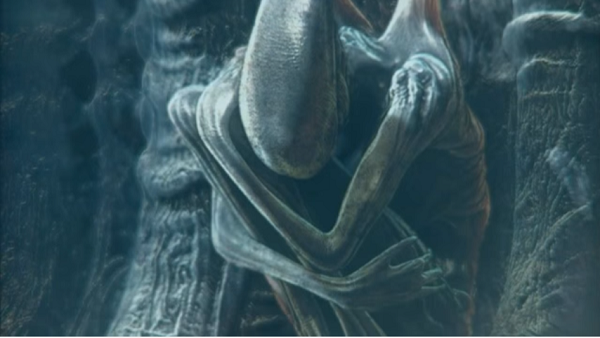
News of the much highly anticipated "Alien: Covenant" have been surfacing, but one thing hasn't been made clear yet: Where is the alien? And what new insidious species does the upcoming movie have in store? Fortunately, our suspicions (and speculations) have been confirmed by none other than actor Michael Fassbender.
Although seemingly unintentional, the "X-Men" actor (who's also going to reprise his role as the synthetic humanoid David from the first movie) somehow let the cat out of the bag a bit too soon during an interview with BBC 2 Radio (thanks to a report by Birth.Movies.Death.). The term he specifically used for the new xenomorph species is "Neomorph."
Covering this in more detail is a post from the Alien vs. Predator (AvP) Galaxy site that has a lot of SPOILER-heavy information about these new creatures, including their origins and how they will play out in the actual release of the film. Just for anyone's information here, this may not be exactly what it will be until we see the film, so this is best taken with a grain of salt. (Warning: Spoiler alert!)
Now, the Neomorph, is another result of the experimental black goo from "Prometheus" that corrupts, mutates and evolves any organic thing it touches. Now with the movie being set in a "paradise"-like planet, the progenitors of humanity, the enigmatic Engineers, may have actually tampered with the local ecosystem by placing the black goo there. Now the system has been mutated (probably for thousands of years already) and the local trees have been altered. Once disturbed, the mutated trees will release a spore that can potentially infect anything that comes across.
Summarizing on how the creature is spawned and looking, the creature is somewhat similar to the Deacon alien from the latter part of the "Prometheus" movie, but having a more slightly translucent appearance (which may be based on unused concepts of the "Alien" and "Prometheus" franchise). More details of this can be found in the AvP Galaxy site.
"Alien: Covenant" will open in theaters on Aug. 4, 2017.



